24-hour hotline:+8613662168047
Keyword search: battery plant , lithium battery factory , power bank works , lifepo4 battery mill , Pallet Trucks LiFePO4 Battery, LiFePO4 Pallet Trucks Battery, Lithium Pallet Trucks Battery,
1、 National standard batteries
Taking the battery model 6-QAW-54a as an example, the explanation is as follows:
1.6 represents a composition of 6 single cell batteries, each with a voltage of 2V, i.e. a rated voltage of 12V;
2. Q represents the purpose of the battery, Q represents the starting battery for automobiles, M represents the motorcycle battery, JC represents the marine battery, HK represents the special battery, D represents the electric vehicle battery, and F represents the valve regulated battery;
3. A and W represent the type of battery, A represents dry load type battery, W represents maintenance free type battery, and if not marked, it represents ordinary type battery;
4.54 indicates that the rated capacity of the battery is 54Ah (a fully charged battery can discharge at a rate of 20h at room temperature for 20h, which is the output power of the battery);
5. The subscript a represents the first improvement to the original product, and adding subscript b after the name represents the second improvement, and so on.
Note: Adding D after the model indicates good low-temperature starting performance, such as 6-QA-110D.
② Adding HD after the model indicates high vibration resistance.
③ Adding DF after the model indicates low-temperature reverse installation, such as 6-QA-165DF.
2、 Japanese JIS standard batteries
In 1979, the Japanese standard battery model was represented by Nippon's N, followed by the size of the battery compartment, which was expressed as close to the rated capacity of the battery, such as NS40ZL:
1. N represents the Japanese JIS standard;
2. S represents miniaturization, that is, the actual capacity is smaller than 40Ah, which is 36Ah;
3. z represents good starting and discharging performance under the same size, while S represents thicker pole terminals than batteries of the same capacity, such as NS60SL; Note: Generally speaking, the positive and negative electrodes of a battery have different diameters to prevent the polarity of the battery from being reversed. The diameter of the tapered terminal is shown in Table 1.
4. L represents the positive pole at the left end, and R represents the positive pole at the right end, such as NS70R. (Note: From the direction away from the battery pole) until 1982, Japanese standard battery models were implemented according to new standards, such as 38B20L (equivalent to NS40ZL):
1.38 represents the performance parameters of the battery. The larger the number, the more power the battery can store. As shown in Table 2.
2. B represents the width and height code of the battery. The width and height combination of a battery is represented by one of the eight letters (A to H), and the closer the character is to H, the greater the width and height value of the battery, as shown in Table 3.
3.20 indicates that the length of the battery is approximately 20cm.
4. L represents the position of the positive terminal. When viewed from a distance from the battery pole, the positive terminal is labeled R on the right end and L on the left end. As shown in Figure 1.
3、 German DIN standard batteries
Taking the battery model 54434 as an example, the explanation is as follows:
1. The first 5 indicates that the rated capacity of the battery is below 100Ah; The first 6 indicates that the battery capacity is between 100Ah and 200Ah; The first 7 indicates that the rated capacity of the battery is above 200Ah. For example, the rated capacity of the 54434 battery is 44Ah;
The rated capacity of the 61017MF battery is 110Ah; The rated capacity of the 70027 battery is 200Ah
The last two digits of the capacity indicate the size group number of the battery.
3. MF represents maintenance free type.
4、 American BCI Standard Battery
Taking the battery model 58430 (12V430A80min) as an example, the explanation is as follows:
1.58 represents the size group number of the battery.
2.430 indicates a cold start current of 430A.
3.80min indicates a battery reserve capacity of 80min.
Note: ① Cold start current (CCA): The minimum current that can be obtained in a specific sense under the conditions of -17.8 ℃ and -28.9 ℃. This indicator links the starting capacity of the battery with important variables such as engine displacement, compression ratio, temperature, starting time, technical status of the engine and electrical system, and the minimum voltage for starting and ignition. It refers to the minimum current that a fully charged 12V battery can supply when its terminal voltage drops to 7.2V within 30 seconds. The cold start rated value provides the total current value.
② Reserve capacity (RC): The approximate time that a car can operate at night with the battery ignition and supply of the minimum circuit load when the charging system is not working. It can be specifically expressed as: a fully charged 12V battery, discharged at a constant current of 25A at 25&luxxxn, 2 ℃ until the battery terminal voltage drops to 10.5&luxxxn; Discharge time at 0.05V.
4. American standard batteries can also be represented as follows: 78-600, 78 represents the battery size group number, and 600 represents a cold start current of 600A.
The general meaning of the code for automotive batteries is 12V, representing a battery voltage of 12V; 70AH: represents the current value of the battery as 70A (AH); SAE is the American standard, and EN is the European standard. That is, according to their respective design standards; Under certain standard conditions (such as sub standard or American standard), the discharge time is sufficient at a certain voltage for 120RC; 760CCA is the energy value under certain conditions when fully discharged (current) at a certain voltage;
In addition, there are also some numbers or model codes, such as: 6: represents a battery consisting of 6 single cells, each with a voltage of 2V, which is a 12V battery. DZM: stands for Electric Vehicle (D) Assisted Sealed Lead Acid Battery (ZM) 14.6: The maximum charging voltage of this battery is 14. Attached with relevant references: A. Currently, domestic battery models are mainly divided into national standards, Japanese standards, German standards, American standards, etc. B. Use the example of "National Standard" to demonstrate.
Special identification:
1. The model followed by DF is low-temperature reverse installation (connection), such as 6-QA-160DF.
2. The type followed by D has good low-temperature starting performance, such as 6-QA-120D.
3. The model followed by HD is a high vibration resistant type.

Lithium Batteries ,Ensure Quality
Our lithium battery production line has a complete and scientific quality management system
Ensure the product quality of lithium batteries

Years of experience in producing lithium batteries
Focus on the production of lithium batteries
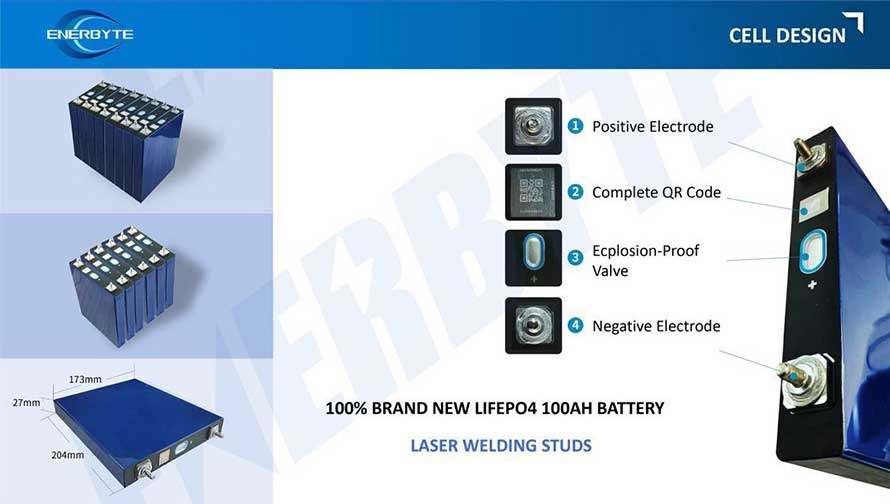
WE PROMISE TO MAKE EVERY LITHIUM BATTERY WELL
We have a comprehensive explanation of lithium batteries
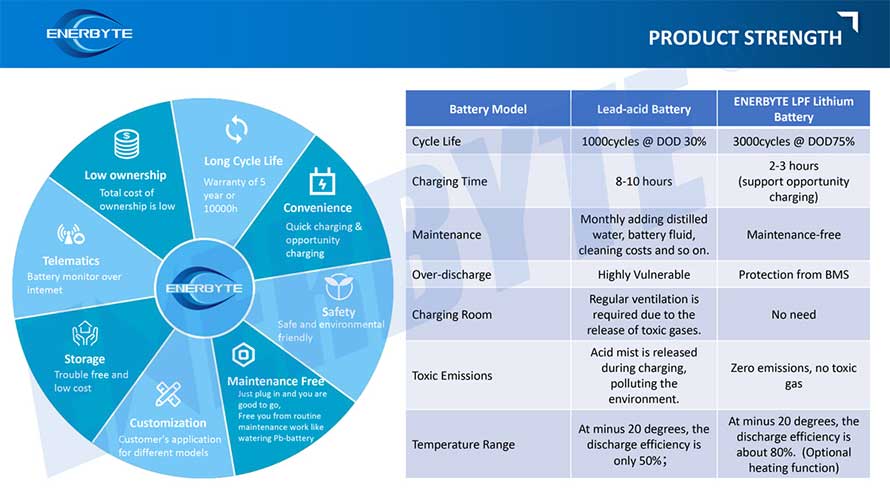
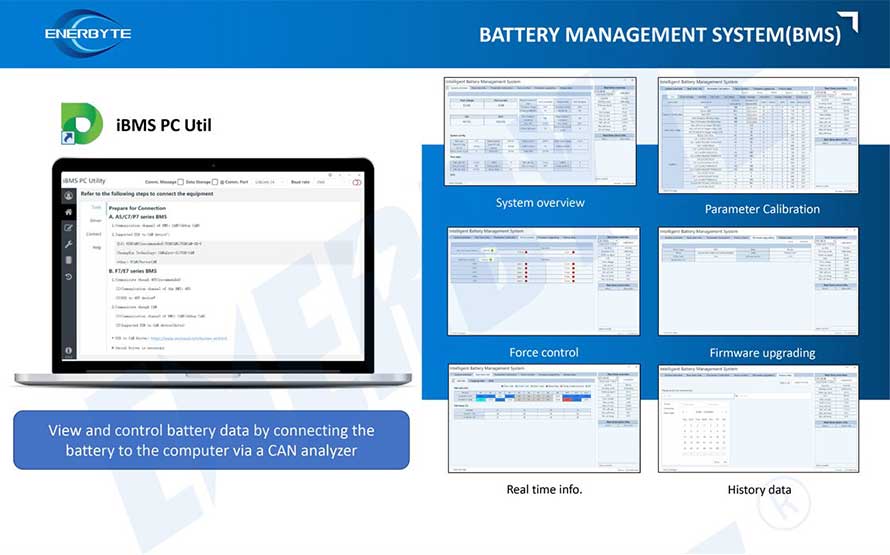
QUALIFICATION CERTIFICATE
THE QUALITY OF COMPLIANCE PROVIDES GUARANTEE FOR CUSTOMERS
MULTIPLE QUALIFICATION CERTIFICATES TO ENSURE STABLE PRODUCT QUALITY
Providing customers with professional and assured products is the guarantee of our continuous progress.
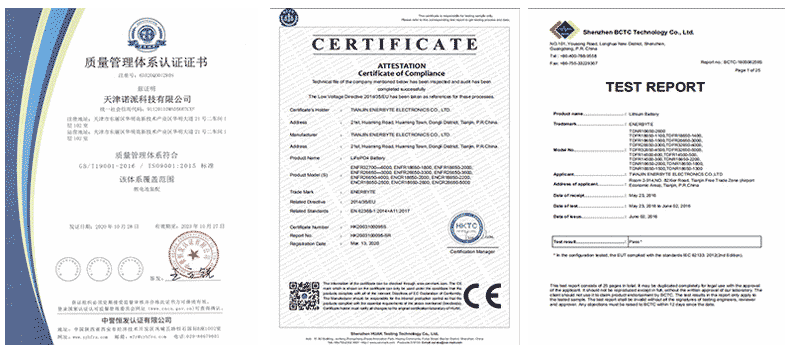
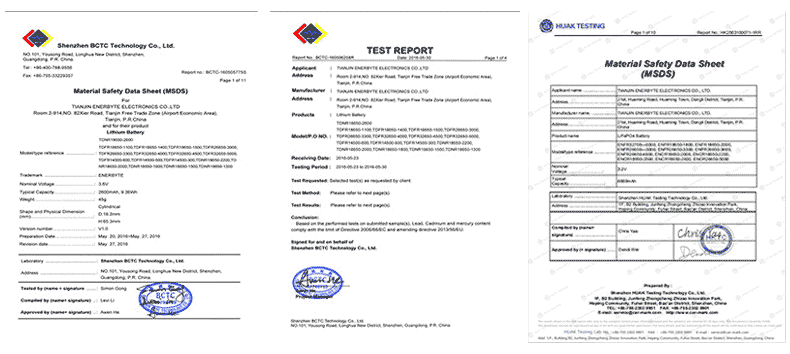
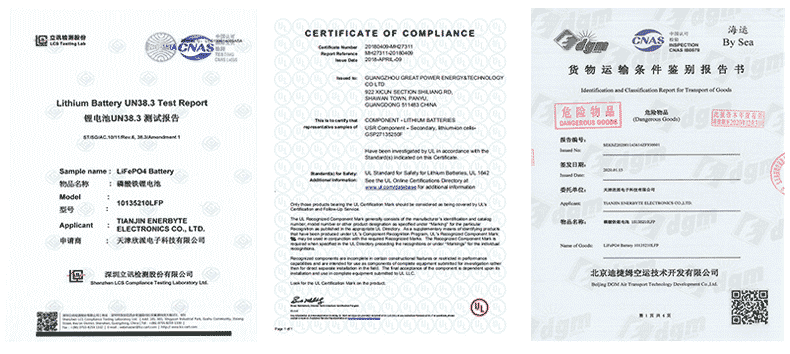

Applicable brands of our products


 Service hotline
Service hotline